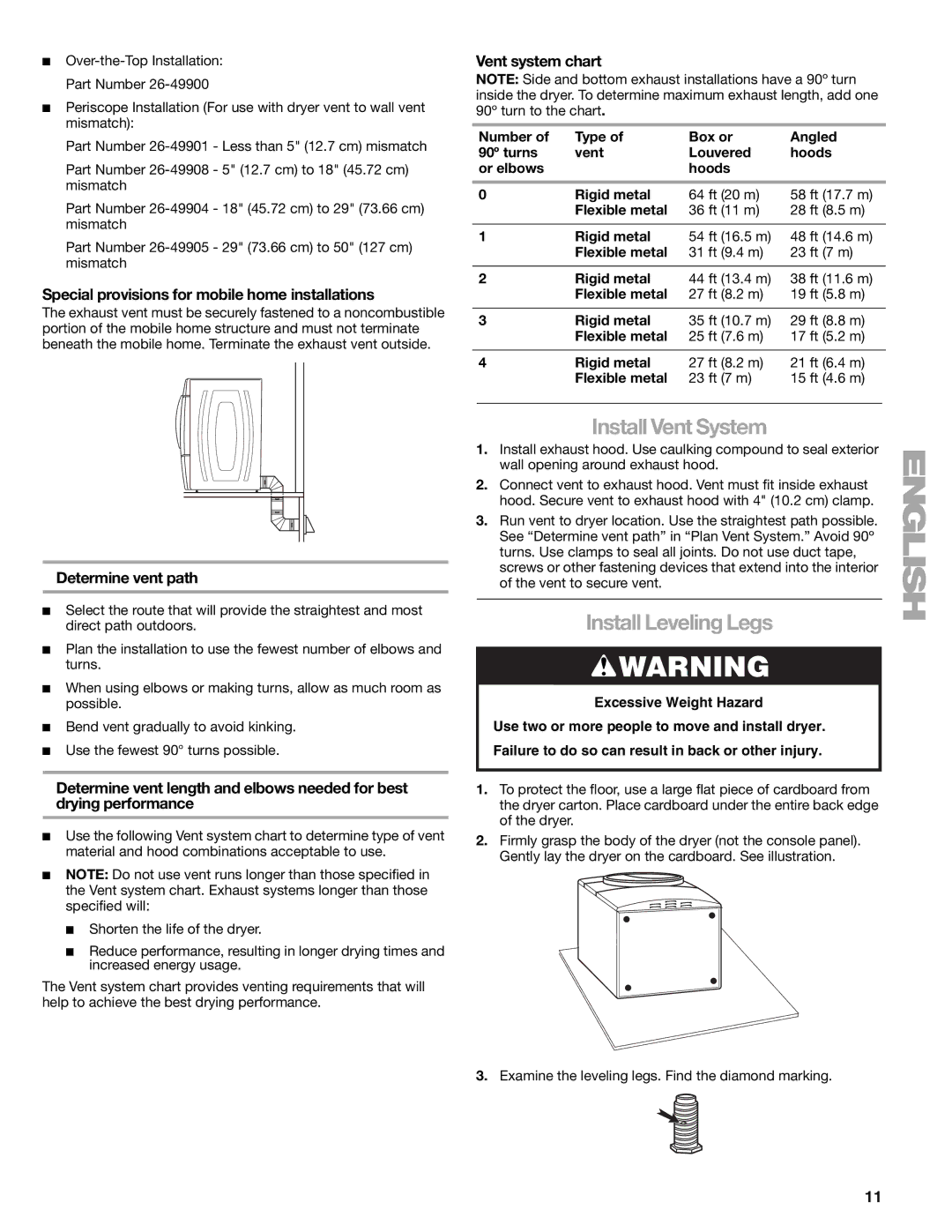9709, 110.9708 specifications
The Sears 110.9708 and 110.9709 are popular models in the world of sewing machines, known for their user-friendly features and versatile capabilities. These machines are often favored by both beginners and seasoned sewers, due to their balance of functionality and convenience.One of the standout features of the Sears 110.9708 and 110.9709 is their range of built-in stitches. These models typically offer a selection of decorative, stretch, and utility stitches, allowing users to explore creativity while sewing garments, quilts, or craft projects. The adjustable stitch length and width provide further customization, ensuring that sewers can achieve their desired results for various projects.
In terms of ease of use, these machines come equipped with intuitive controls. A simple, easy-to-read display guides the user through selecting stitches and adjusting settings. Automatic features, such as the needle threader, significantly reduce setup time and frustration, making these models appealing to those who may be new to sewing.
The Sears 110.9708 and 110.9709 also boast durable construction. They feature a robust build quality, ensuring reliability throughout countless projects. Additionally, the metal chassis provides stability during sewing, reducing vibrations that can affect precision and finish quality.
Another noteworthy characteristic of these machines is their versatility. With the ability to handle various fabric types, ranging from lightweight silks to heavier denim, they are equipped to tackle a wide range of sewing tasks. The adjustable presser foot pressure allows sewers to adapt to different materials, ensuring smooth operation regardless of the fabric used.
For those keen on quilting, these models often include features suited for quilting enthusiasts. Some come with a quilting foot and a walking foot option, facilitating smooth fabric movement and perfecting stitching patterns.
Finally, both the Sears 110.9708 and 110.9709 are compatible with a variety of accessories, expanding their capabilities. With the right attachments, users can explore tasks such as embroidery, buttonholing, and more, further enhancing the machine's flexibility and utility.
Overall, the Sears 110.9708 and 110.9709 serve as excellent sewing companions, combining technology, ease of use, and durability to nurture creativity and elevate sewing projects for users of all skill levels.

